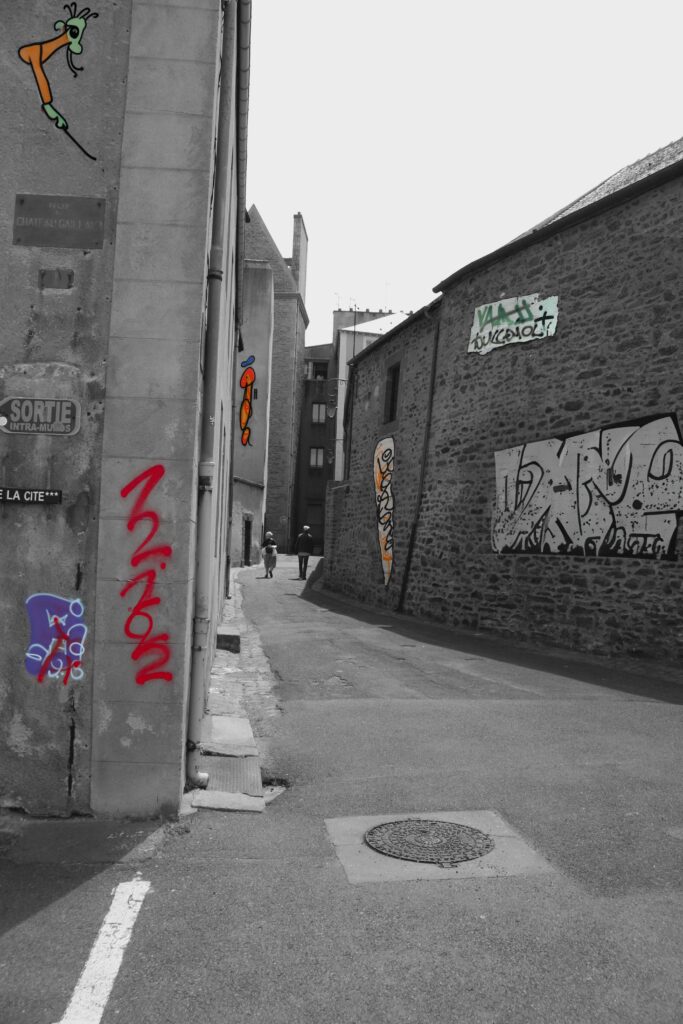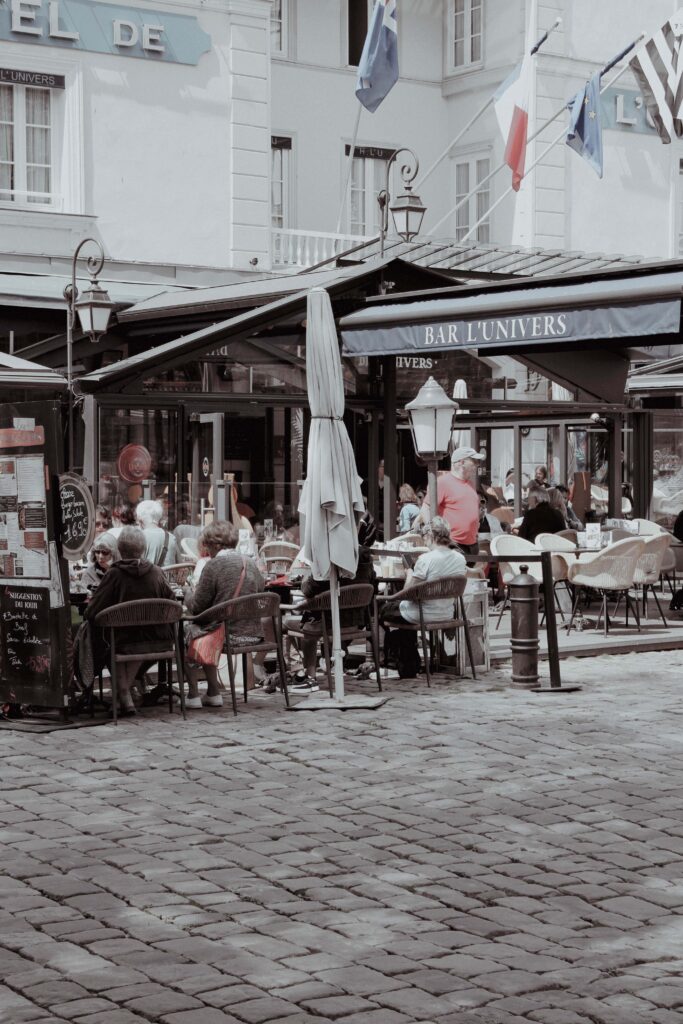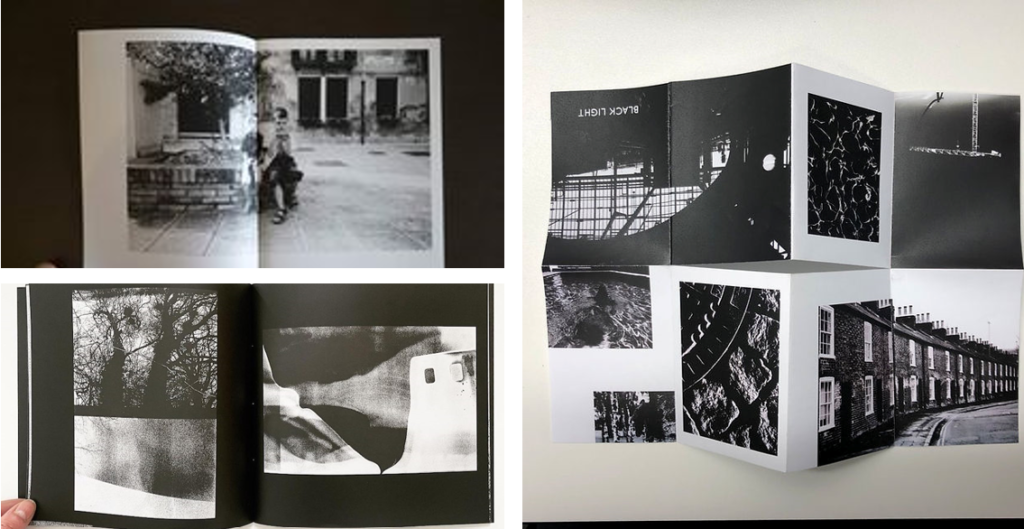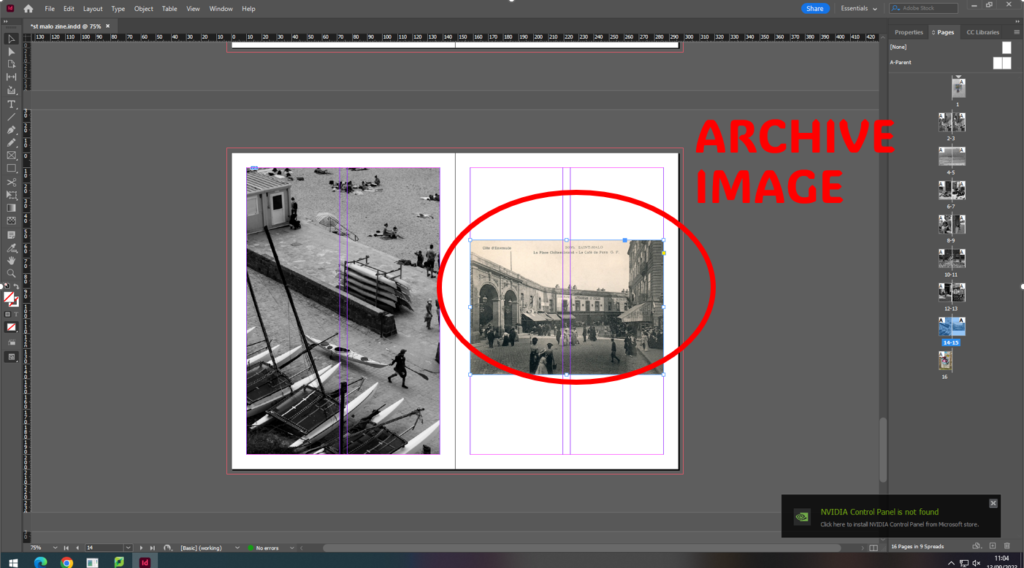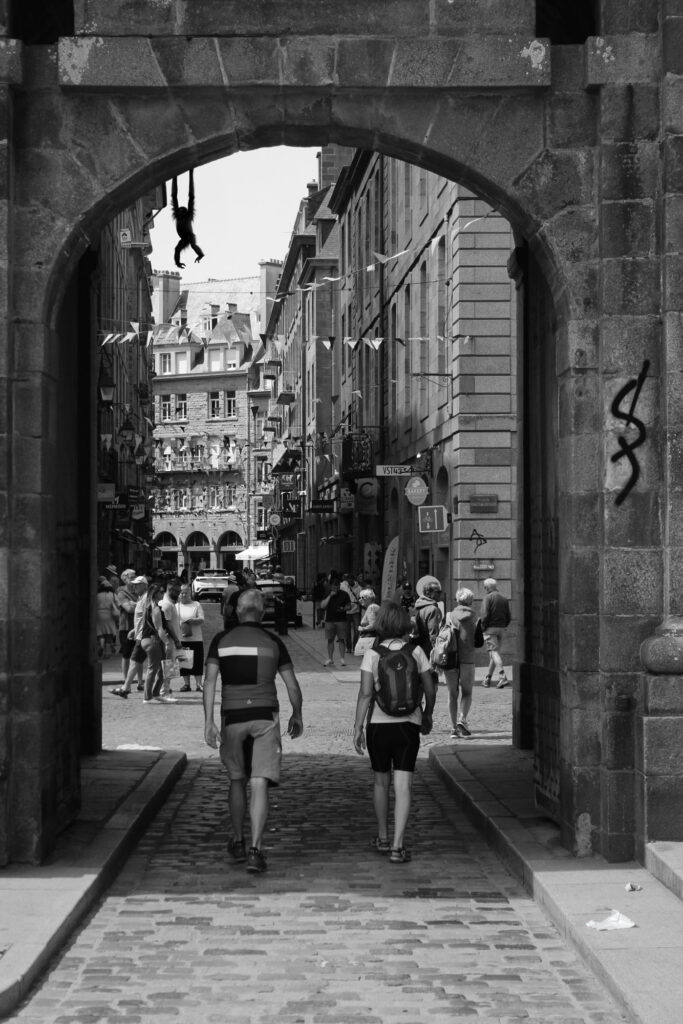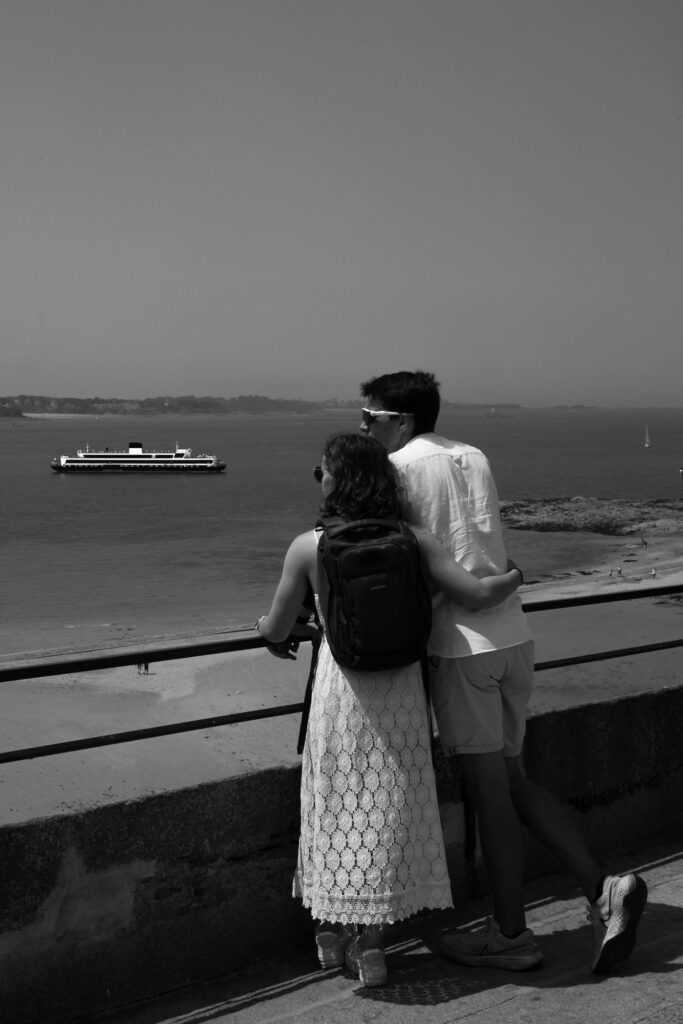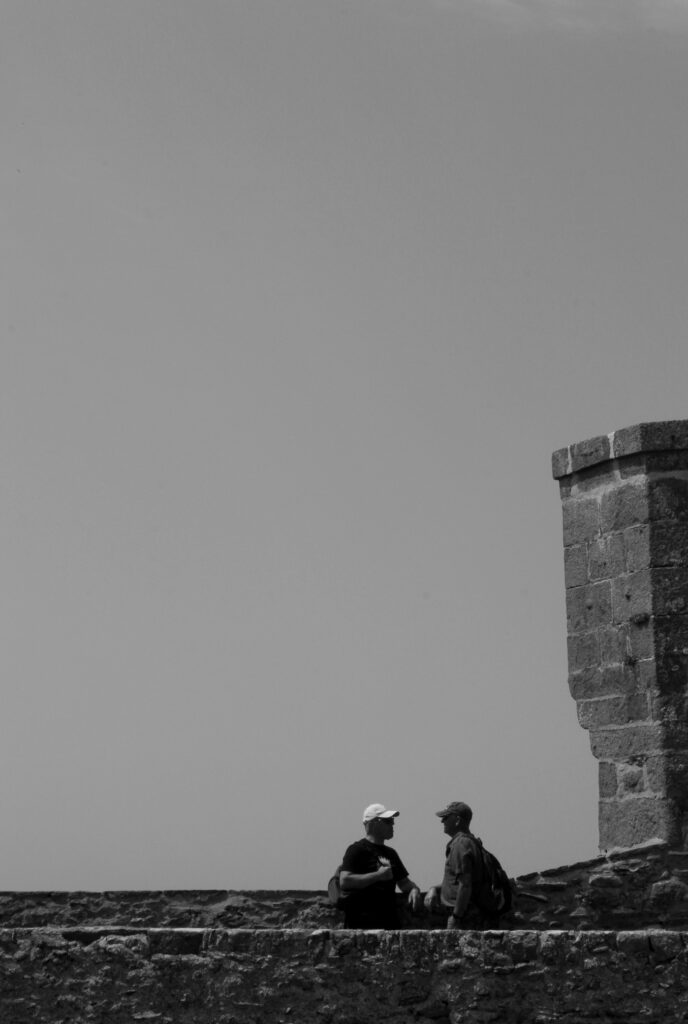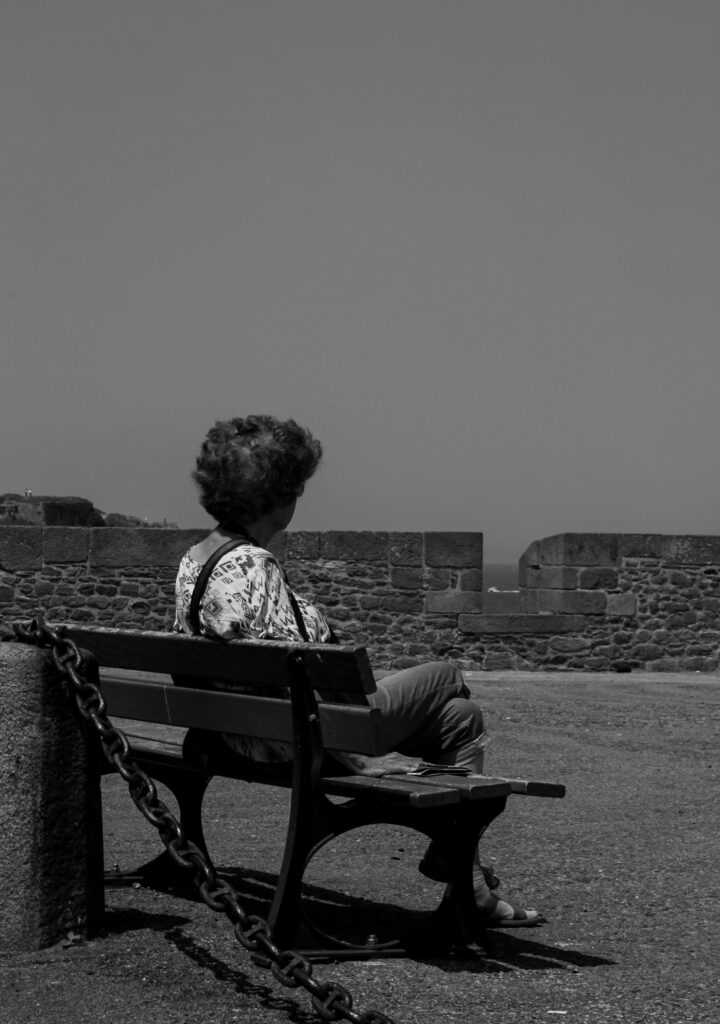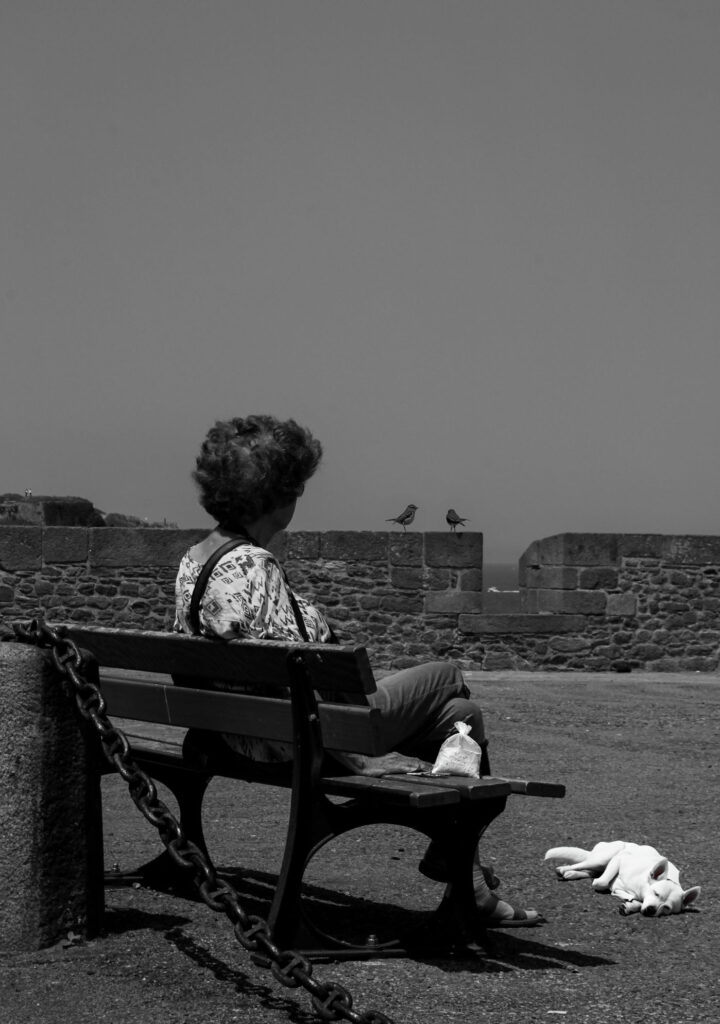Focus and Depth of Field: The focus is used to direct and prioritise elements in a shot and therefore prioritising certain information. It will determine who the audience should look at (even if we are not listening to them). It may switch the focus (known as a pull focus / rack focus / follow focus) between one element and another. Remember that the elements may not be people, but could be objects, spaces, shapes or colours, which may represent an idea, theme, belief etc.
Editing is the process of manipulating and adapting separate images into a continuous piece of moving image. This is used to develop the characters, themes, spaces and ideas through a series of events, interactions and occurrences. It is often linear and sequential and moving image products usually position the audience into a particular moment to leave them at an equally unresolved moment.
One of the basic rules in editing is not showing everything literally and just enough information to provide ideas and suggestions for your audience to develop empathy and a sense of involvement with the characters, themes, setting, plot. What you leave out known as ellipsis and is just as important as what you put in. The ideas of space/size/scale are really important, because it is necessary to frame your shots with appropriate SIZE AND SCALE and also trim shots so that they are not too long e.g. creating the appropriate SPACE for ideas, characters, themes, the plot etc to develop.
The Shot / Reverse Shot. The basic sequence runs from a wide angle master shot that is at a 90′ angle to two characters. This sets up the visual space for filming separate close-ups, that facing each other having a conversation. The shots are usually over the shoulder. Firstly, they include both characters – which are called EXTERNAL REVERSES. As the drama increases, the framing of each shot then excludes the back of the head of the other character and moves in to a much closer over the shoulder shot – which are called INTERNAL REVERSES.
Looking directly at the camera creates a very different relationship between the characters and the audience and is a technique that is only used for specific techniques / genres / film-makers.
Shot progression usually involves the following shots. The use of these shots allow the audience to understand SPATIAL RELATIONSHIPS between locations, people, movements etc. The length of shot will determine the drama, empathy, theme etc. The choice of how to sequence each shot will determine the AESTHETIC QUALITY of the product. The next sequence will then follow a similar pattern, which again allows the audience to understand concepts such as SPACE, TIME, DISTANCE, MOVEMENT, MOTIVATION, PLOT, THEME etc.
- establishing shot / ES, moving to
- wide shot / WS,
- to medium shot / MS,
- to close up / CU,
- to big close up / BCU;
- and then back out again
- parallel editing: two events editing together – so that they may be happening at the same time, or not?
- flashback / flash-forward – allowing time to shift
- montage – a series of independent and perhaps unconnected shots to be edited together
Continuity editing can be seen as the opposite of montage editing as the main aim is to create a sense of realism or ‘believability’ known as verisimilitude and has it’s own structure of rules where shots are edited together at particular times or on particular shots. For example:
- match on action
- eye-line match
- graphic match
- sound bridge
- 30′ rule
- 180′ rule
